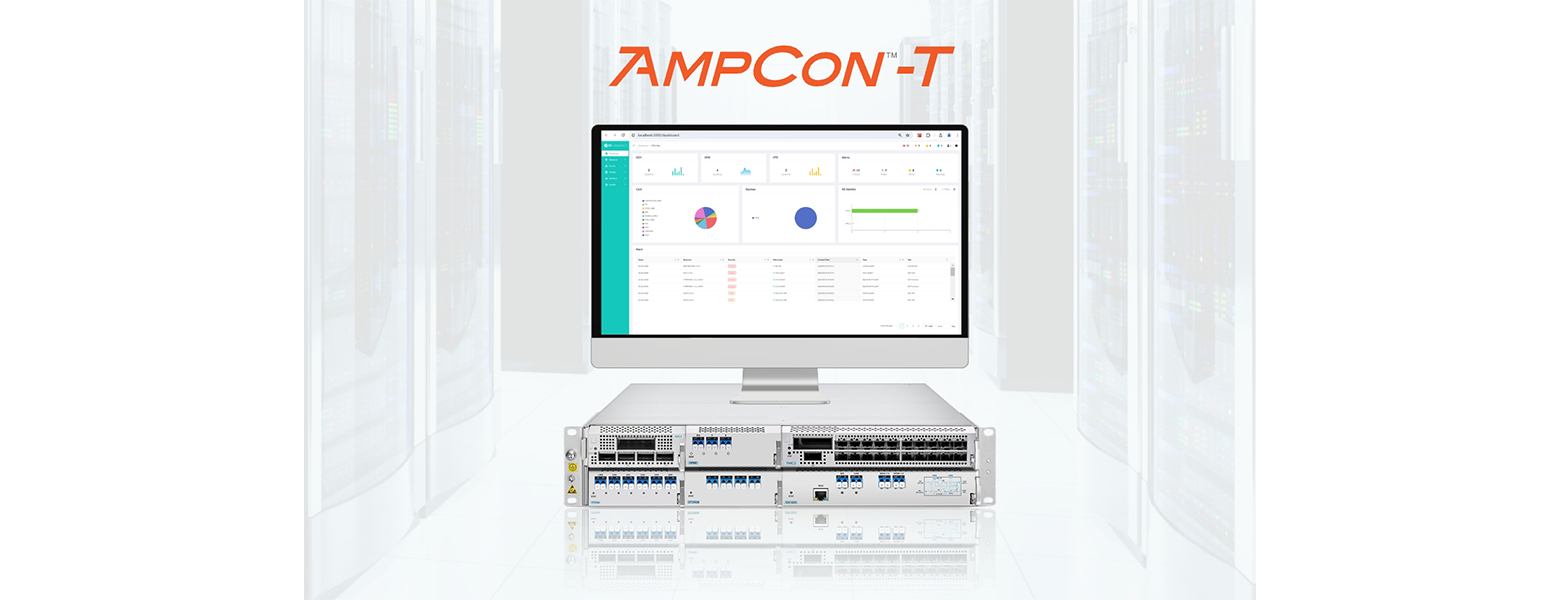An Essential Guide to Southbound Interface and Northbound Interface
In networking and software-defined infrastructure, understanding the Southbound Interface (SBI) and Northbound Interface (NBI) dynamics is essential. The SBI controls commands to network devices for policy implementation, while the NBI connects applications to manage network functionalities. These interfaces form a vital framework for modern network management, integrating diverse applications and services efficiently. This passage is an essential guide to southbound interface and northbound interface.
Definition of Southbound Interface and Northbound Interface
Southbound interfaces allow higher-layer components (such as the control layer) to send commands to lower-layer network components (such as switches and routers). Conversely, northbound interfaces are APIs or protocols that enable upper-layer applications and management systems to communicate and interact with the control layer. The terms "north" and "south" are borrowed from map orientations, with north being at the top and south at the bottom, illustrating how higher-layer elements control lower-layer elements. In some designs, east-west interfaces are also included, which facilitate peer-to-peer communication between components at the same layer. Northbound and southbound interfaces can be used in any system that adopts a hub-and-spoke or controller-and-node architecture.
It's important to distinguish northbound/southbound interfaces from northbound/southbound data flow or traffic. Interfaces define the sender, receiver, and data format, representing the conceptual level of communication and encompassing the entire bidirectional API. In contrast, terms like northbound, southbound, or east-west regarding data or traffic merely indicate whether it's directed toward or away from the core. For instance, one might describe a southbound command as traveling from the core to a node via the northbound interface.
Importance of Southbound Interface and Northbound Interface
Southbound Interface: The SBI is vital for enforcing and implementing the network operational strategies as defined by higher-level management systems. It translates high-level commands into actionable configurations on network devices, bridging the gap between theoretical planning and practical execution.
Northbound Interface: By abstracting the complexities of the underlying network infrastructure, the NBI enables high-level applications and services to manage and scale the network efficiently without requiring detailed knowledge of the network's physical components. This enhanced programmability and flexibility are crucial for deploying next-generation network services and applications.
Security Considerations
The security of both the Northbound and Southbound interfaces is paramount, as they are crucial points in network architecture that could be targeted by malicious actors. Here are some refined security measures:
Secure Communication: Employ advanced encryption standards and secure transport protocols to protect the communication channels between the NBI and SBI. This ensures the confidentiality and integrity of exchanged data.
Access Control: Utilize sophisticated authentication and authorization techniques to tightly control access to the network interfaces. This includes multi-factor authentication, role-based access controls, and robust identity management systems.
Monitoring and Anomaly Detection: Implement comprehensive monitoring solutions to continuously oversee activities on both interfaces. Coupled with advanced anomaly detection systems, these measures can promptly identify and mitigate potential threats.
FAQs
1. What are the primary challenges associated with managing Northbound and Southbound Interfaces in cybersecurity?
Effective management of these interfaces often entails challenges related to scalability, interoperability, and coordination across diverse network elements.
2. What are the benefits of using Northbound Interfaces in network management?
Northbound Interfaces offer numerous benefits, such as centralized network control, improved manageability, real-time network monitoring, and enhanced networking capabilities. They also enable network automation and orchestration, which can lead to increased operational efficiency, reduced opex, and improved service agility.
3. What is the difference between Southbound Interface and Northbound Interface?
While Southbound Interfaces focus on the communication between network elements themselves, such as switches and routers, Northbound Interfaces involve communication between higher-level software applications and network elements, Southbound Interfaces generally enable network control and management by providing instructions to the devices, while Northbound Interfaces provide data and allow users to interact with those devices.
4. Any related terms and concepts to Northbound and Southbound Interfaces in cybersecurity?
OpenFlow Protocol: The OpenFlow protocol is a fundamental aspect related to these interfaces, emphasizing the standardization of communication between the control and data planes in software-defined networking environments.
Network Functions Virtualization (NFV): NFV pertains to the virtualization of network functions, aligning with the principles of northbound and southbound interfaces to enable flexible and scalable network deployments.
Border Gateway Protocol (BGP): BGP plays a crucial role in routing and exchanging network reachability information across autonomous systems, intersecting with the functionalities of northbound and southbound interfaces.
FS AmpCon™-T Management Platform
FS AmpCon™-T is a comprehensive management platform designed for centralized management, visual monitoring, and service configurations of the D7000 series, significantly enhancing efficiency and reducing costs. The platform supports the entire FS D7000 series and ensures centralized resource management and unified equipment health monitoring through its comprehensive logical architecture, which includes operational management services, business management services, and basic management services. Looking ahead, FS AmpCon™-T will expand its capabilities with various interface options, including southbound interfaces like Telemetry, SFTP, and Netconf based on OpenConfig, as well as northbound RESTful interfaces. To help users experience its benefits, FS offers a 90-day free trial of AmpCon™-T. You can start the trial by clicking "Start Trial" on the product details page, filling in your information, and contacting our sales team to obtain your license. If you are interested in FS AmpCon™-T, we welcome you to experience it!

Figure1. FS AmpCon™-T
Conclusion
In summary, Southbound Interface and Northbound Interface are essential for modern network management, bridging high-level applications with lower-layer network components to facilitate efficient command transmission and data exchange.
You might be interested in
Email Address

-
PoE vs PoE+ vs PoE++ Switch: How to Choose?
May 30, 2024















